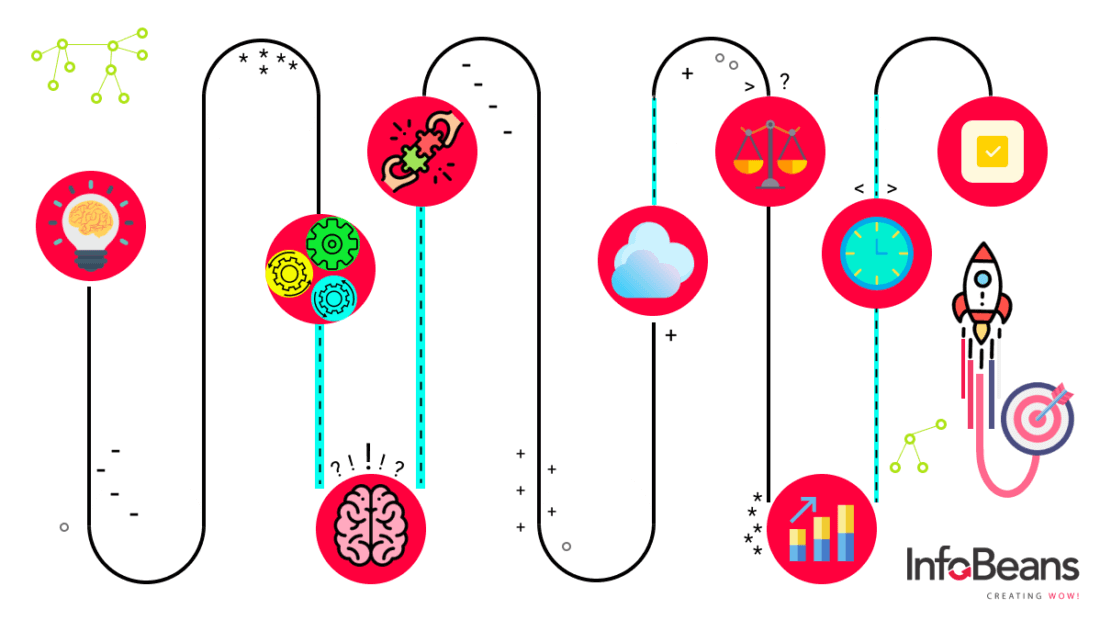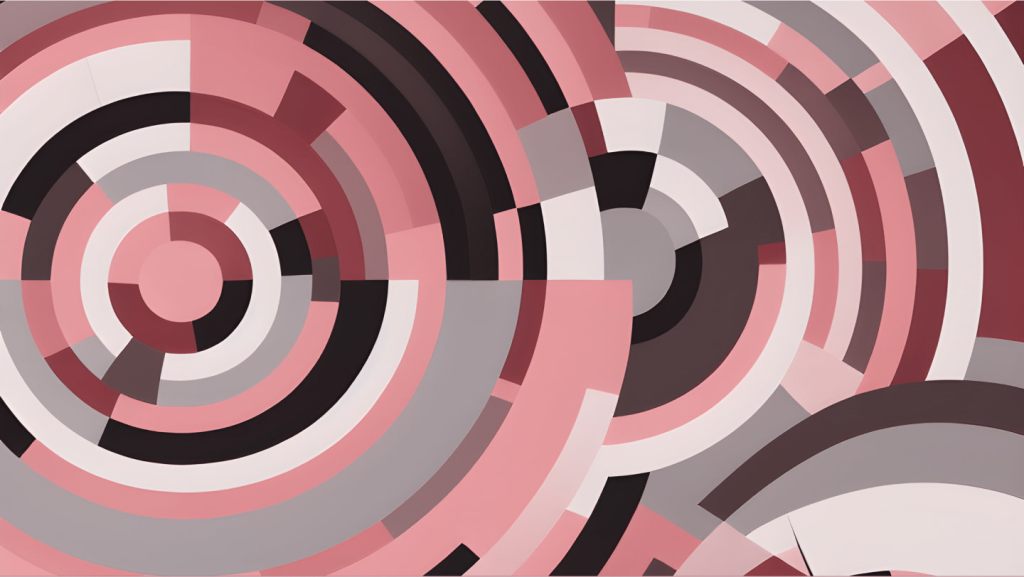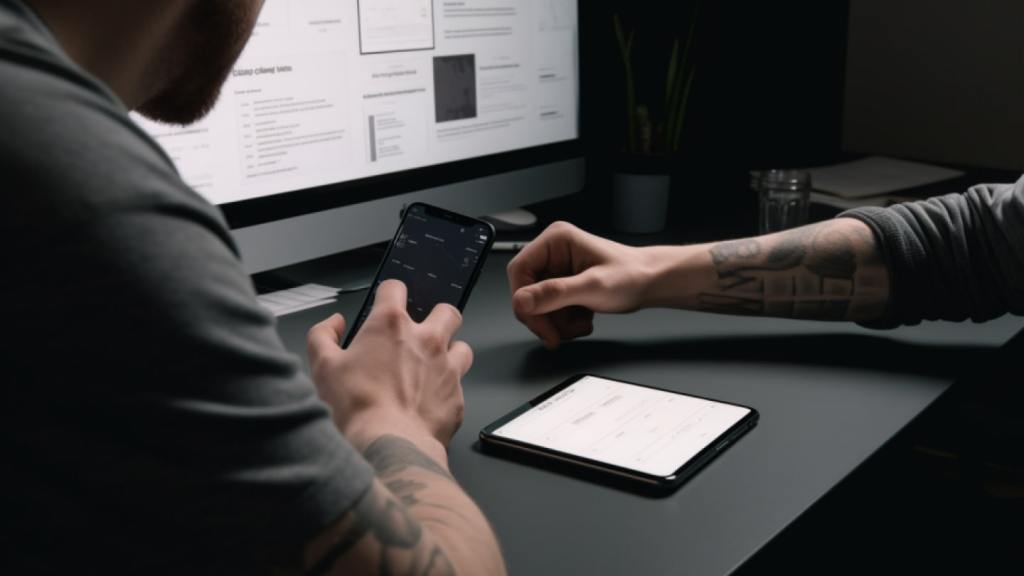Prototyping - A Crucial Stage in Design Thinking
Have you ever used a pen and paper to describe an idea to your team?
Almost each one of us, because it is the simplest way to explain your idea and is also comprehensible by your team. The pen and paper design has been practiced for ages and is probably a minuscule example of Design Thinking, without any use of technology.
In simple terms, Design Thinking is a methodical process that makes use of tools and technology often practiced before the launch of the final product. It is an iterative process and a crucial one for designing a product. Besides aiming at understanding user needs and redefining the problem statement, Design Thinking’s ultimate objective is to provide a new perception to Prototype and test the solution cases.
Every Design Thinking process goes through five stages: Empathize, Define, Ideate, Prototype, and Test. Though each stage is essential, let us look closely at the Prototype stage and understand why it is significant among all the stages of Design Thinking.
A Prototype, primarily referred to as a sample version or simulation of the final product, is a before-launch version of the product that gives a clear picture of how the product would look. A Prototype is an early-stage, inexpensive, and scaled-down version of the real product and is used to understand, observe, record, analyze, and measure user performance. The objective is to save time and cost that otherwise gets wasted in rectifying the final product.
Like other stages, there are specific characteristics of Prototype, like –
Precision – It is important to define how precise the Prototype should be with the final product, as the level of the details, realism, and final design.
Interactivity – How much functional is the Prototype- Fully, partially, or no interactions at all.
Evolution – At what stage of the lifecycle is the Prototype; is it too close to the final product or does it require more iterations.
Prototyping is a remarkable and quick way to bring ideas to life. Since the entire design thinking is an iterative process, the same gets applied to Prototype too. Once the Prototype is shown to other stakeholders, especially clients, their opinions and feedback can be taken into account to make iterations in the Prototype.
Creating a Prototype goes through a well-defined process that begins with making the Prototype, getting it reviewed, and finally refining it to match the expected product. A Prototype is generally classified into two broad categories: Low-fi, where a relatively simple version of Prototype is developed that can be tested immediately like a pen and paper drawing. On the contrary, a hi-fi version of Prototype is quite close to the final product and makes use of technology like a 3D plastic model with movable parts or an early version of a software system developed using a design program such as Sketch or Adobe Illustrator.
There are various methodologies and approaches to Prototype, like the Pen and Paper,
Digital and HTML. Choosing the methodology entirely depends upon the objective, time, and cost implication.
Before we wrap up on Prototype, there are a few guidelines to keep in mind before creating a Prototype:
Not clear as to what to make, then start making: This is the best bet if you are unsure of what needs to be created, it is better to start creating and gaining meaningful insights from it.
Time saved is money earned: Time is crucial and doesn’t spend too long creating a Prototype as it might have a considerable cost implication.
Practice speed: Agree or not; it is the key. The more agile and speedy you are, the closer you are to a successful Prototype.
Keep in mind what you are testing: If Prototype has become cumbersome, you are most likely to deviate from your objective. Do not lose sight of your purpose and put all your efforts in the same direction.
Keep the user in mind: Last but not least, do not lose your focus on the end-user; he is the one for whom the entire exercise is done!










